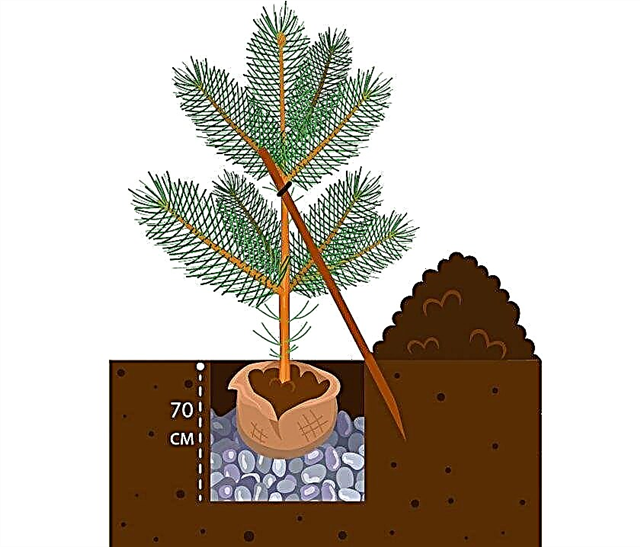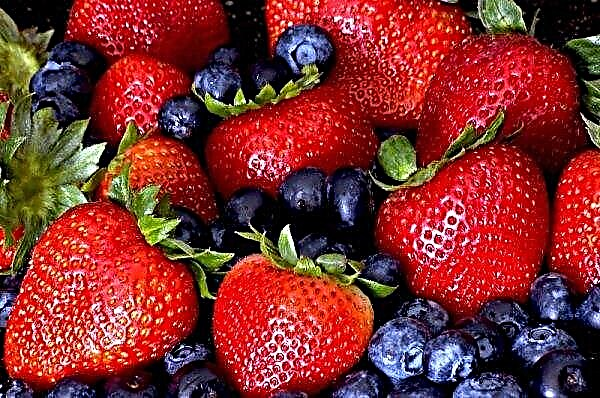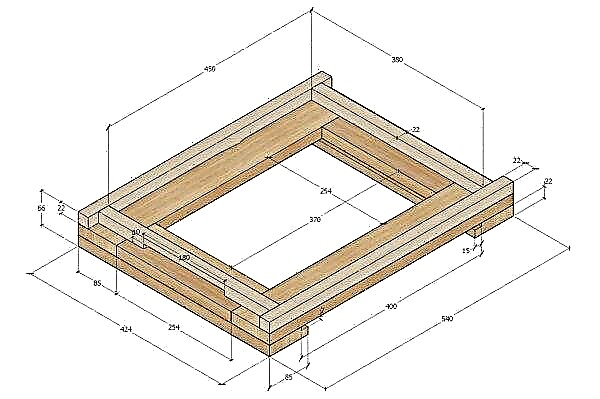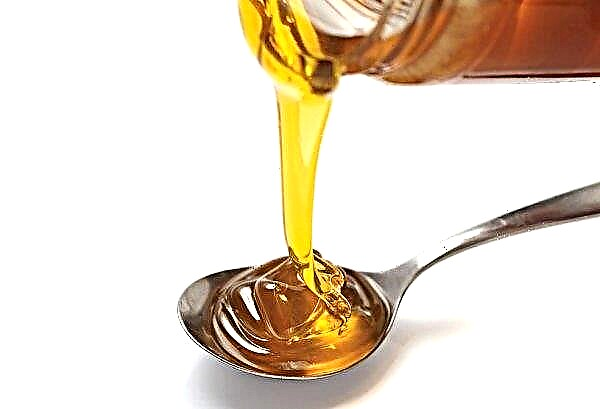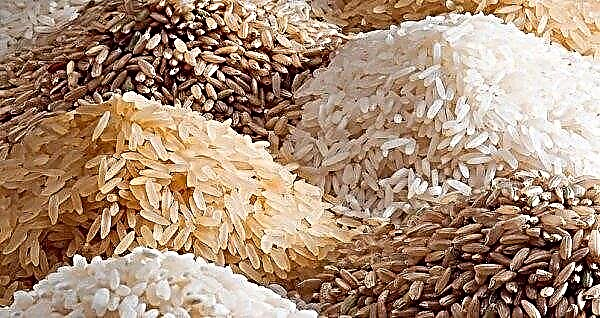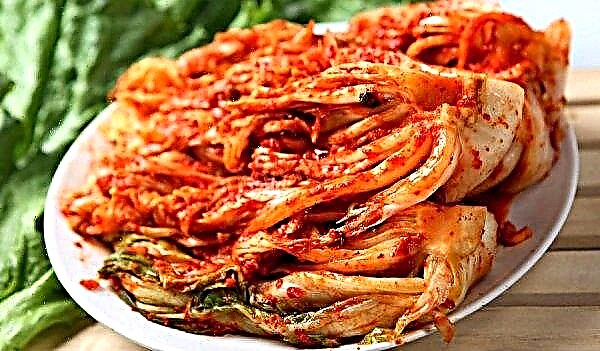Blackberries, like most shrubs, need proper pruning. Some novice gardeners may have questions about this. The rest of the article is all about the autumn pruning of this crop.
Blackberry Autumn Pruning Rules
In the second year of vegetation, the blackberry bears fruit, and this completes its fruiting cycle. To obtain abundant crops further, the correct forming pruning is necessary, which ensures further flowering and fruit formation.
Trimming Dates
Autumn pruning of bushes begins after harvesting.. Its terms depend on the length of the growing season and last, depending on the variety, from the last days of August to the end of October. The only important condition is that such work should be completed 3-4 weeks before the start of frost.
Important! Cutting blackberry bushes can be complicated by the presence of thorns on the branches, so you need to protect your hands with garden gloves to avoid injuries.
Types: sanitary, forming
In order to avoid thickening of plantings, decrease in productivity, crushing berries, and in the future, even a lack of yield, blackberry pruning is necessary. It is divided into sanitary and formative. The first method, based on the name, involves the removal of weakened, elongated and affected branches. Formative pruning is the correct formation of the bush in order to further obtain good yields, as well as simplifying the collection of fruits and caring for the plant.
Tools
To trim the branches in the garden you will need the following devices:
- The main tool needed is a pruner. It makes it easy and efficient to make smooth cuts. On sale there are 2 types of pruning shears: chopping and cutting. The cutting pruner has a curved shape and acts on the principle of scissors. The chopping pruner is equipped with straight blades that abut against each other when cutting with end faces.
- For hard-to-reach areas, delimbers are used.. These are the same secateurs, but equipped with longer handles. And if a conventional pruner cuts branches with a diameter of up to 2 cm, delimbers can handle twice as much thickness.
- It is convenient to use special garden saws to remove branches and dry branches.
- In finer work, the use of garden knives is practiced. They can do the same manipulations as secateurs, but more force needs to be applied.

Cropping patterns
The technique of pruning a blackberry largely depends on which variety the bush belongs to. So, for example, in upright plants, the crown is formed most often in the form of a fan, and the task of forming creeping varieties is to separate the vegetative mass from the fruiting stems.
Sanitary
Sanitary pruning, as already mentioned, is necessary for thinning the bush and removing the affected and weak vegetative mass.
The action algorithm of such work is as follows:
- removal of hopeless, weak and thin shoots that can not normally mature and overwinter;
- cutting dry branches;
- removal of shoots affected by pests and diseases.

Formative
When forming pruning, the fan method and separation of the prolific shoots from the young are used by sending them in opposite directions.
Did you know? At different stages of maturity, a blackberry possessesIt has various healing effects. So, fully ripened berries have a laxative effect, and green, on the contrary, used for indigestion.
Fan
For erect blackberries, a fan-shaped bush formation is used, followed by a simplified pruning scheme:
- In the spring, in the center of the trellis they place vertically wintered shoots that will bear fruit this year.
- Young stems are tied to the lower wires on both sides of the fruiting stems at an angle (i.e., almost parallel to the ground).
- During autumn cutting, the central old two-year-old shoots from which the crop was harvested are removed under the root.
- Of the young stems growing on the sides, about 10 of the strongest are selected, pressed to the ground and dug. The tops of these stems before shelter should be cut, leaving up to 2 m in height.
- The remaining unnecessary, weaker stems are cut under the root.

It will be easy to trim the bush if the young and fruitful branches on the trellis are directed in different directions. In this case, the fruiting side is cut under the root in autumn, and the one-year shoots are cut and dug up. This method is well suited for creeping blackberries, which have very long branches that can get tangled and intertwined, and with the initial separation of young and old shoots, this facilitates both harvesting and autumn cutting of unnecessary prolific branches.
Important! Upright blackberries are very brittle, and with a fan-shaped bush, all the shoots that need to be covered for the winter grow parallel to the ground, so it will be easier to bend and drip them.
Stamp
Recently, gardeners are especially popular with repairing blackberry varieties that bear fruit on one-year shoots. Bushes of such a blackberry in the autumn are cut completely under the root.
Caring for plants after pruning and preparing them for wintering
After the completion of the autumn pruning, some more manipulations are necessary:
- After all work, it is necessary to remove all removed branches and foliage and burn. This is necessary in order to prevent wintering in them and the further development of pathogenic microorganisms.
- Soil and blackberry plantings are treated with 1% copper sulphate or any fungicide to kill fungal infections.
- The soil around the blackberry bushes must be mulched with sawdust, peat, spruce branches, overripe manure or straw.
- After this, it is necessary to proceed to shelter the bush for the winter. Branches of climbing varieties are collected in a bunch and pressed to the ground, reinforcing with hooks or stakes. Upright varieties have worse flexibility, so they must be prepared for shelter from August (fasten the load to the top of the bushes, which contributes to their bending to the ground). After the end of leaf fall, the branches are finally pressed to the ground, attached and covered in the same way as curly bushes.

A few words need to be said about the materials for shelter:
- An ideal option is a non-woven covering material with water and air permeability. Such materials may be agrospan, spandbond or lutrasil. Canvases with a width of up to 1.5 m and a density of about 100 g / 1 m² are well suited. Such a shelter will serve as a 100% guarantee against aging and freezing.
- Polyethylene film as an independent shelter - not quite suitable protection, but in a duet with non-woven material will serve as an excellent choice. They must be the same in size, and their ends are fixed with stones or soil.
- Dry leaves, straw or sawdust - The most popular materials. But they have some disadvantages. So, they are an ideal refuge for rodents that can damage blackberry plantings. Sawdust is also capable of absorbing moisture, freezing and turning into a solid ice ball.
- Good material for winter shelter can be fir spruce. In addition, rodents do not like him, and to clean it in the spring is very simple. Lapnik can be used both independently and under a non-woven material or film.

The main mistakes in the autumn pruning blackberry
When pruning blackberry plantings in the fall, some errors are often made:
- stems must be cut under the root, without leaving stumps that contribute to the wintering of pathogens;
- all branches affected by diseases and pests are removed in the fall, and not transferred to spring pruning;
- young shoots left for the winter are shortened by a quarter of the length;
- in order not to overload the bushes, you need to leave up to 10 of the strongest young shoots;
- the big mistake is to transfer autumn pruning to spring: this greatly weakens plants.
Excessive density of the bushes harms the future blackberry yield and it is more difficult to take care of such a crop. Compliance with all the rules of the autumn sanitary and forming pruning does not take much time and effort, turning into an interesting lesson that even beginner gardeners can do.Did you know? In ancient Egypt, blackberry honey was used to embalm the pharaohs. Meat products drenched in this product can remain fresh for up to 4 years.


